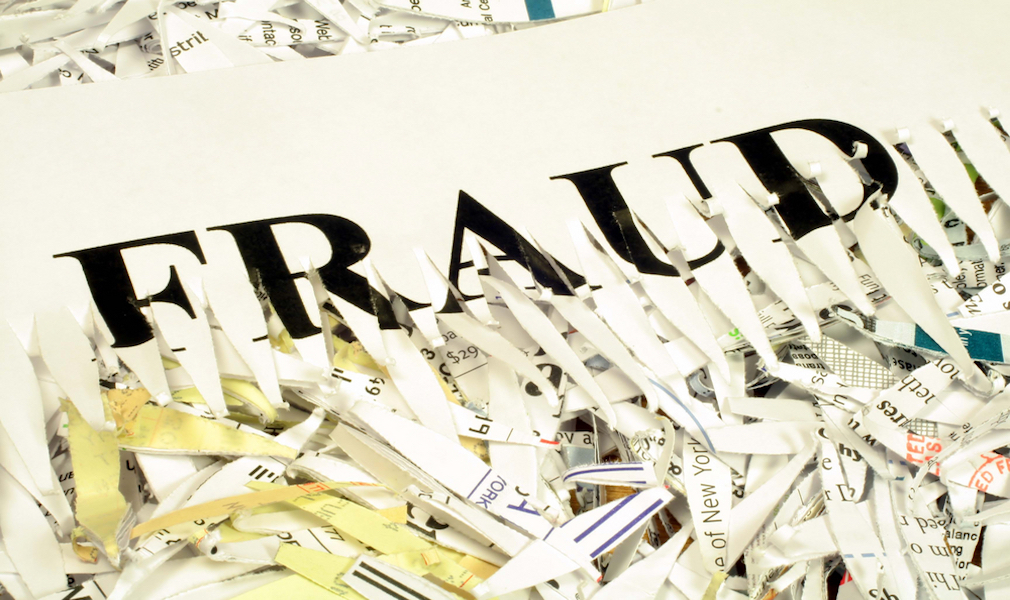Last week, Paul Manafort was slapped with charges by New York for a multimillion-dollar mortgage fraud scheme.
In the indictment, President Donald Trump’s former campaign manager is accused of falsifying business records to unlawfully obtain millions of dollars in loans in a year-long fraud scheme.
Allegedly, Manafort secured more than $20 million in loans by inflating his company’s income and failing to disclose his debts, and he falsely claimed his adult daughter would be living in a property he was attempting to secure a mortgage on. Instead, it was being rented through Airbnb.
In the current climate, where home prices are cooling off and the refi market is a fraction of what it used to be, are we likely to see more cases of mortgage fraud emerging?
That’s the question Jacob Passy ponders in a recent article for MarketWatch, in which he cites sources who label Manafort’s crime as a “very plain, vanilla fraud scheme” – one that is not hard to replicate.
While Manafort’s role in Special Counsel Robert Mueller’s investigation of President Trump brought his mortgage fraud to light, most cases of such fraud are only revealed when the property moves into foreclosure, the article notes.
Considering the rising rate of mortgage fraud, there’s a good chance that more cases exist than we know about.
CoreLogic data reveals that mortgage fraud has risen 12% from 2017 to 2018, and that fraud cases most commonly include misrepresentations of income and occupancy – a page right out of Manafort’s playbook.
The fact that the refi market has dried up is exacerbating the problem, MarketWatch points out, because refis are typically safer loans than purchase loans, therefore reducing the risk of fraud.
Now, a loosening of credit standards is giving rise to an increase in mortgage fraud, and it poses a real threat not only to lenders and investors, but to the homeowners in the fraudster’s neighborhood who may suffer the repercussions when a nearby home has an inflated value or is sent into foreclosure.
From the article:
Consumers… have struggled to purchase homes in recent years thanks to skyrocketing home prices and strict credit standards. Therefore, many lender[s] began to loosen their requirements of borrowers, opening a door for more fraudulent activity. Plus, borrowers were more likely to lie to lenders to get over hurdles preventing them from becoming home owners, and real-estate industry employees who work on commission have added incentive to falsify documents or persuade borrowers into lying to turn a profit.







